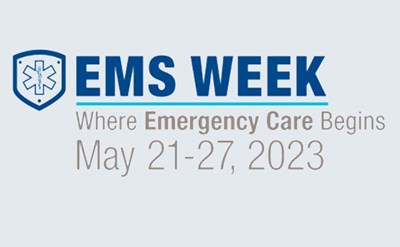September 2, 2022
So how is the rise of arrhythmia-detecting devices playing out in EDs across the country?
There aren't any hard data on that, but anecdotally, emergency physicians say the technology is becoming a much more common part of their interactions with patients.
"I've been seeing more and more people for whom their watch is an adjunct to their healthcare," said Sean McGann, MD, an emergency physician at Thomas Jefferson University Hospital in Philadelphia and a spokesperson for the American College of Emergency Physicians (ACEP). "I think the trend is that these are going to be more pertinent in peoples' lives and their healthcare."
McGann sees the arrhythmia-detecting technology as "something that can go either way."
"It could cause a lot of anxiety in people," he said. "But if the technology continues to improve, it could be something that's useful for us in the ED and for all of healthcare."
He said the literature is pretty convincing that these devices are good at detecting abnormal heart rhythms, particularly Afib. Surely, they're not as good as telemetry monitors used in the ED, McGann said, but they can help with decision-making in some instances.
"A lot of what we do in the emergency department is making risk-benefit decisions, and it's another piece of data we can use to help us with those decisions," he said.
One of the most frequent complaints he sees in the ED is palpitations, "which could mean anything," he said. If someone who had palpitations earlier now shows a normal EKG in the ED, McGann can go back and look at Apple Watch data.
"If their heart rate was 150 bpm for 10 minutes [when they felt palpitations], that's pretty good evidence that something was going on during that time," he said. "I might be more likely to refer that patient to cardiology, or give them a wearable monitor for a couple of days."
On the other hand, if there was no blip in the watch data, that "makes me less likely to suspect there's something dangerous going on."
But what about a completely asymptomatic person, like Chernoff, who gets an alert but probably doesn't need immediate care?
"The downside here is false positives," McGann said. "The downstream effects are cost and time for yourself, resource utilization, overtesting, and things like that."
Click here to read the full article.
 American College of Emergency Physicians
American College of Emergency Physicians







